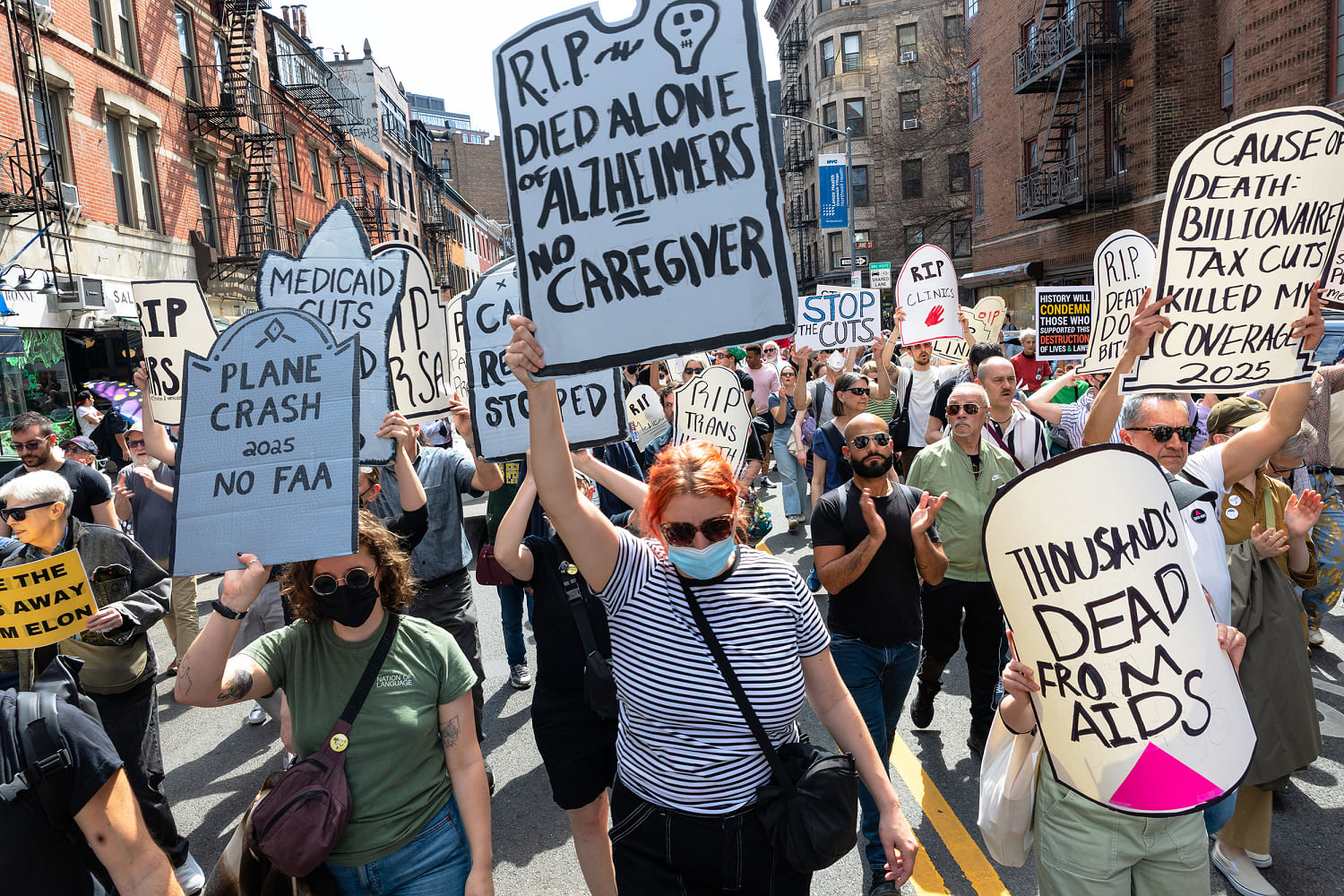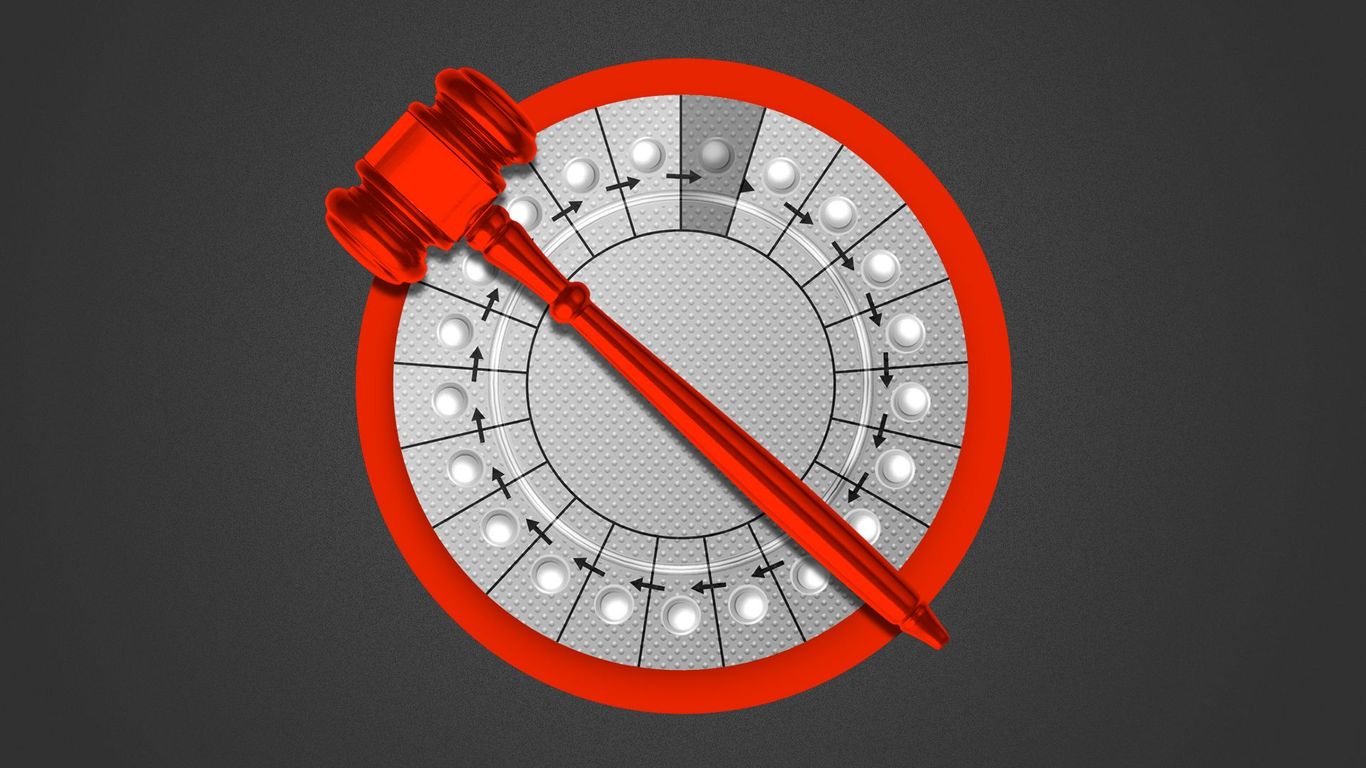
At the height of McCarthyism in the early 1950s, Jewish community councils across the country threw out a group: the Jewish People’s Fraternal Order, a subsidiary of the International Workers Order. A workers’ group with Communist leanings, it was too far left and too political to exist within the fold anymore.
The Jewish establishment did not only send this organization into exile. In the late 1940s and early 1950s, as senators investigated Hollywood’s role in promoting Soviet propaganda and the House Un-American Activities Committee worked to investigate Soviet influence more broadly, some argued that “Soviet” or “Communist” was code for “Jew.” The Red Scare was at least in part an antisemitic project, and mainstream American Jewish groups made a choice. The Anti-Defamation League and American Jewish Committee purged Communists and Communist sympathizers and went so far as to turn files over to HUAC.
This is often presented and understood as an action taken out of fear. As Geoffrey Levin, assistant professor of Middle Eastern studies and Jewish studies at Emory, writes in his new book, Our Palestine Question, “In a period marked by McCarthyism, the Rosenberg trials, and the House Un-American Activities Committee investigations, the question of whether accusations of divided Jewish loyalties threatened to roll back the gains made in the fight against anti-Jewish feelings was hardly theoretical.” It is not difficult to understand why, in the wake of the Red Scare of the early-1900s and in the shadow of World War II, American Jews would be afraid and act defensively.
Jan 30th 03:40 am
Recent Likes:





